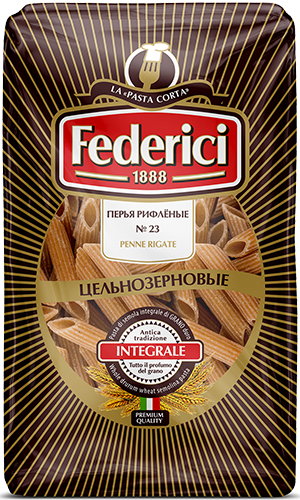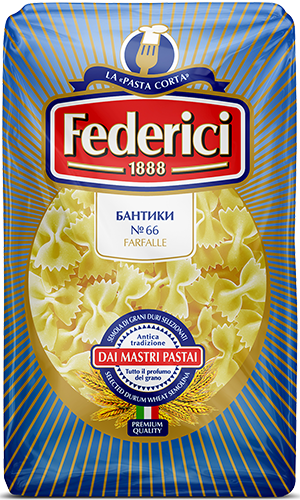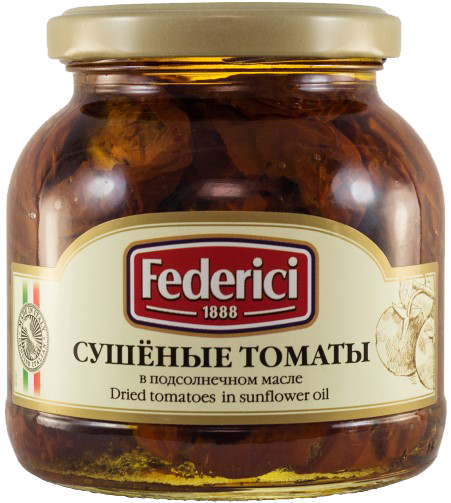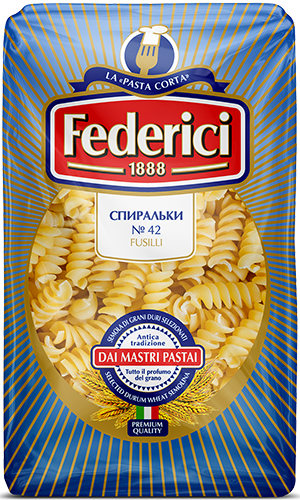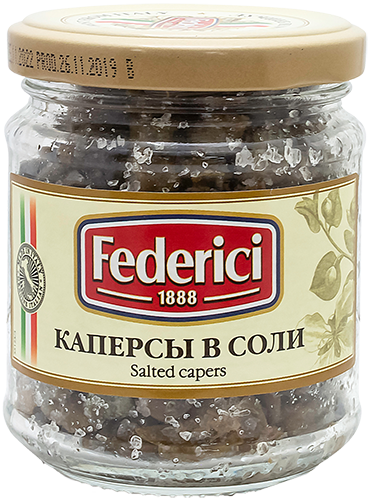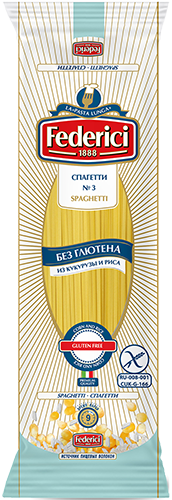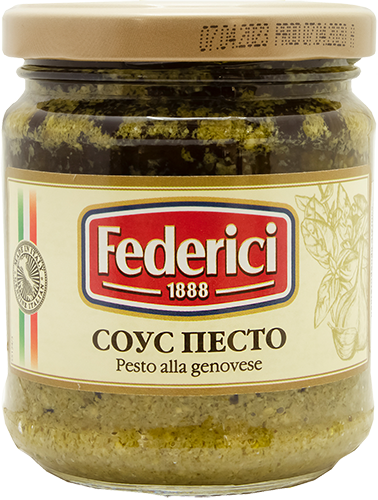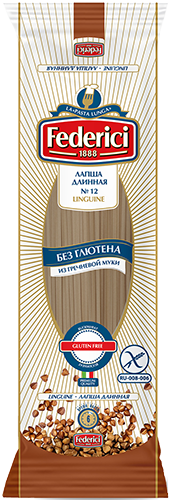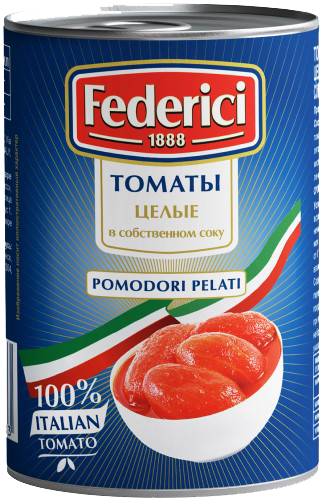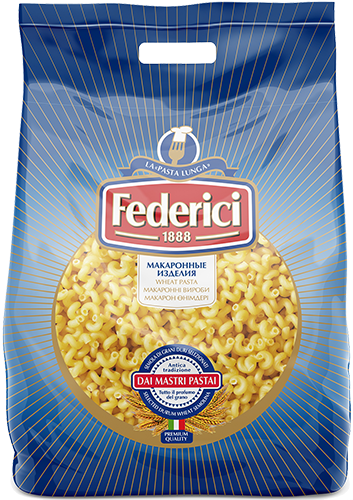


Today, on supermarket shelves in the spice and preserves section, you can see jars with the unusual name “capers.” However, this overseas product is rarely found on our tables, due to a lack of information about its flavor and medicinal properties.
Let’s get to know capers better so we can use them in new dishes and experiment with changing the flavor of familiar recipes.
What are capers, growing, and harvesting
In European cuisine, capers are used as a complementary ingredient to main dishes. Just a few of these spicy plants are enough to perk up the flavor of even the most simple dish. What’s the secret behind the popularity of these small green berries?
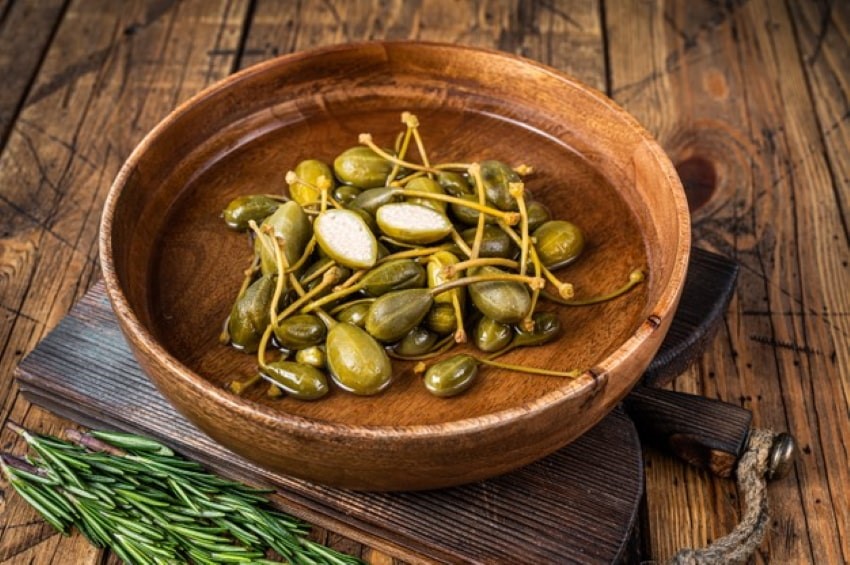
Capers — are the edible parts of a prickly plant from the Caperaceae family. You can eat the unopened flower buds, berries, shoots, and even leaves. In cooking, capers are unblown flower buds that are harvested and prepared using a specific method. Buds reaching 7 mm in diameter are considered the most valuable. Jars containing these contents are much more expensive.
This unpretentious shrub thrives in dry, warm climates, making capers a common culinary ingredient in Mediterranean, Italian, Greek, Asian, and even African cuisines. Among Russian regions, the Caucasus and Crimea are ideal for growing capers. However, Russian cuisine first encountered capers in the 19th century. This exotic condiment was especially popular with Emperor Alexander III, who loved to pair the spicy buds with cognac.
Capers: Taste and Color
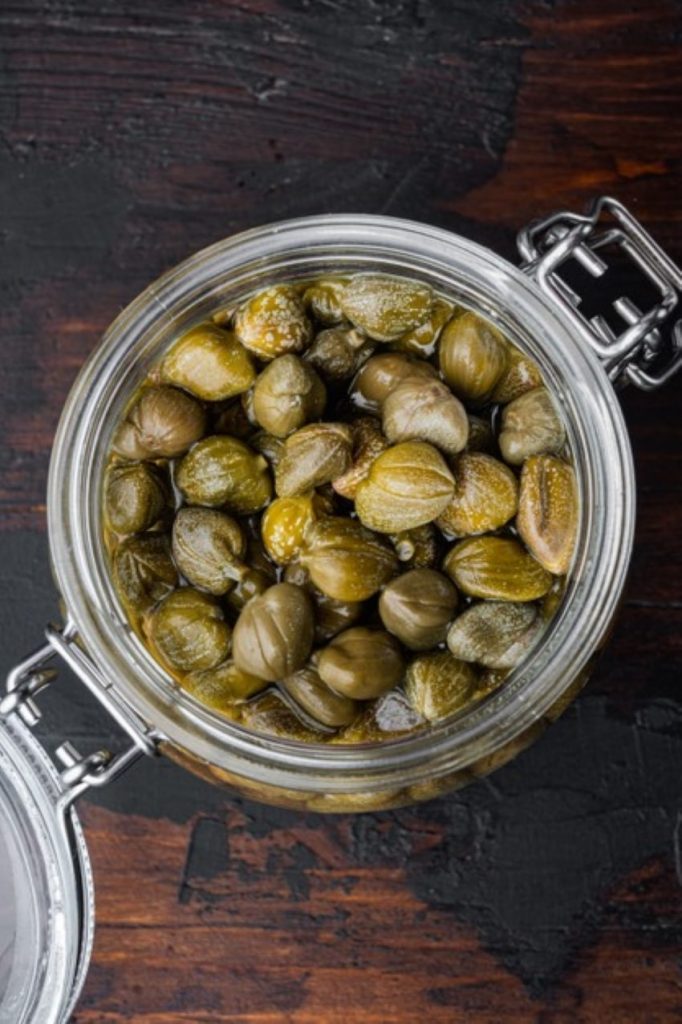
- Pasta – 250 grams
- Onions – 2 pcs.
- Green peas – 200 grams
- Garlic – 1 clove
- Spinach – 150 grams
- Cream – 150 grams
- Capers – 2 tbsp.
- Salt to taste
Fry a few finely chopped onions and green peas in a frying pan for about 2-3 minutes. Then add a crushed garlic clove, chopped spinach, and pour in the cream. Simmer the sauce, covered, for another 5-6 minutes.
Cook the pasta according to package directions. Divide among bowls, top with the creamy green sauce, and garnish with pickled capers. They add a spicy aroma and a hint of piquant bitterness to the dish.
Spaghetti with Tomatoes and Shrimp
In this dish, capers add a special flavor and perfectly complement the juicy shrimp and tomatoes.
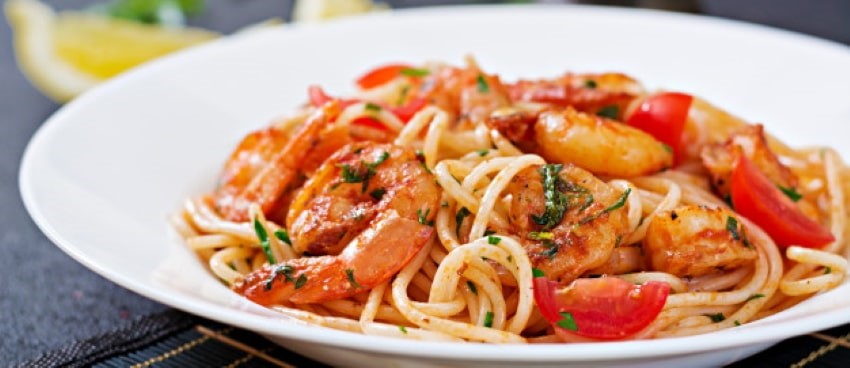
Ingredients:
- Spaghetti – 250 grams
- Garlic – 3 cloves
- Shrimp – 500 grams
- Olive oil – 2 tbsp
- Tomatoes – 800 grams
- Capers – 5-6 pcs.
- Fresh herbs (parsley, basil)
- Dry white wine – 150 ml
- Parmesan cheese – 60 grams
- Salt to taste
Cook the spaghetti in salted water according to the package instructions. Next, prepare the sauce.
Lightly sauté the finely chopped garlic in olive oil in a frying pan along with the peeled shrimp. Temporarily transfer them to a separate bowl and add the chopped tomato, capers, parsley, and basil. Pour in the dry white wine and simmer until the liquid has evaporated. Then return the shrimp and garlic to the pan.
Simmer the mixture for about 2 more minutes, then add the cooked spaghetti to the sauce and mix thoroughly. When serving, don’t forget to sprinkle the dish with grated Parmesan cheese.
Taste, experiment, and enjoy new flavors!
The cost of salted and pickled capers at the market is roughly the same, but their flavors differ greatly. Salted capers are more pungent, while pickled capers have a mild, mustardy flavor. The size of the caper buds also matters: larger ones are more tart, while smaller ones are bitter and spicy. Due to the mustard oil in the plant, capers taste similar to mustard. Their shape and color resemble olives. Keep in mind that they should not be eaten raw due to their extremely bitter flavor and high sodium content.
Young caper shoots are also edible. They are pickled and added to dishes as a seasoning or as a standalone appetizer.
In fact, the edibility of this plant has been known since ancient times. It has long been prized for its spicy aroma and pleasant mustard-sour taste. Few people know that capers were long an ingredient in the familiar Olivier salad, and only later were they replaced by pickled cucumbers.
Healthy Properties of Capers
Medical science has officially recognized the health benefits of various parts of the caper bud. In pharmacology, the plant is used for medicinal purposes due to its rich composition of various beneficial microelements. Here are just a few of the properties of caper:
- Normalization of blood sugar levels
- Stopping or slowing down inflammatory processes
- Support for the thyroid gland and liver
- Strengthening nails, hair, and skin due to the presence of vitamin A
- Positive effect on kidney function
Caper Recipes
European cuisine is rich in a variety of delicious dishes featuring capers. This versatile seasoning, with its sour-spicy flavor and bitterness, beautifully enhances the flavor of meat and fish. Marinated capers also pair well with pasta, seafood, eggs, herbs, cheese, tomatoes, and fruit.
Pizza with Pesto Sauce
Prepared according to a classic Italian recipe, it is incredibly tasty and filling.
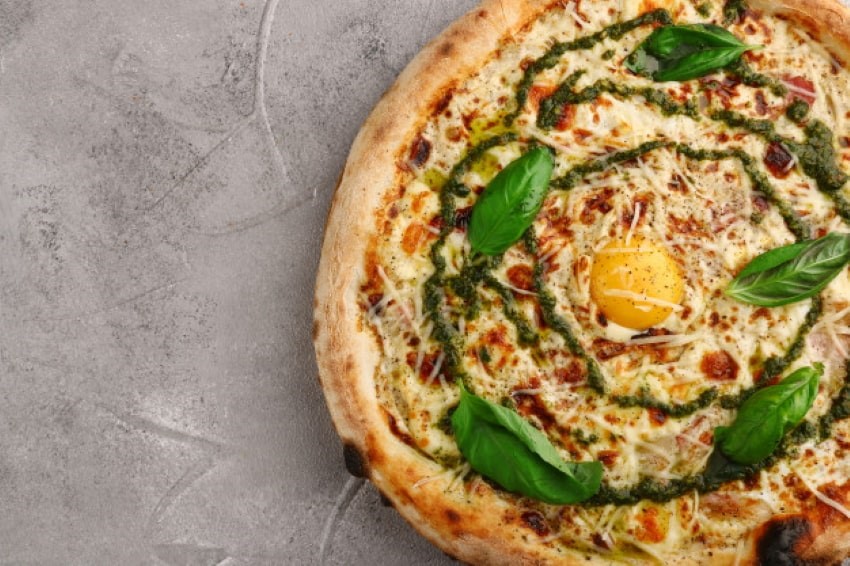
Ingredients:
- Wheat flour – 250 grams
- Dry yeast – 4 grams
- Water – 90 ml
- Olive oil – 3 tbsp
- Green basil
- Pine nuts – 2 tbsp
- Parmesan cheese – 50 grams
- Mozzarella cheese – 150 grams
- Tomatoes – 2 pcs
- Capers – 20 grams
- Garlic – 1 clove
- Salt and pepper to taste
Knead the dough by hand using the flour, warm boiled water, olive oil, salt, and dry yeast. Let it rest for 40-60 minutes. Now prepare the pesto sauce and tomato sauce separately.
For the pesto, blend the green basil, garlic clove, pine nuts, grated Parmesan cheese, olive oil, and a pinch of salt in a blender. Blend everything until smooth and set aside.
Homemade tomato sauce will add a rich flavor and aroma to the pizza. To make it, simmer some chopped green basil, chopped fresh tomatoes, and olive oil with a pinch of seasoning in a pan. Now combine all the ingredients.
Roll out the dough with a rolling pin, spread a layer of tomato sauce on it, then layer sliced tomatoes, mozzarella cheese, and pesto sauce. Top the pizza with capers and grated Parmesan. Preheat the oven to 200ºC and bake for 20 minutes.
Remove the pizza and serve immediately while hot.
Classic Solyanka
Classic solyanka is considered a traditional Russian dish and is made with various smoked meats and sausages. It’s not for nothing that solyanka is called a “mixed” dish, because you can add any meat products left over from previous dishes.
As an alternative, we suggest making a mixed meat solyanka with capers.
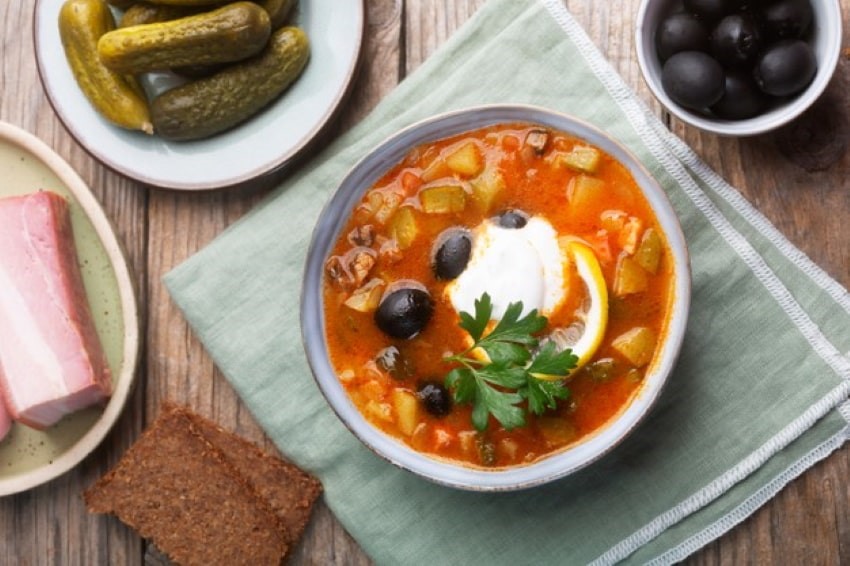
Ingredients:
- Meat broth – 1.5 l
- Boiled chicken – 300 grams
- Semi-smoked sausage – 300 grams
- Boiled sausage – 200 grams
- Pickled cucumbers – 1
- Onion – 1
- Carrot – 1
- Pitted olives – 100 grams
- Capers – 2 tbsp
- Tomato paste – 1 tbsp
- Fresh herbs
- Sour cream
- Lemon
- Salt and pepper to taste
Finely chop the onion, carrot, and pickled cucumber and sauté in olive oil with a tablespoon of tomato paste for about 10 minutes.
Then add the stewed vegetables, pre-sliced sausage, boiled chicken, olives, and capers to the pan with the meat broth. Season with salt and pepper. Cook over low heat until tender. Before serving, sprinkle the finished solyanka with chopped fresh herbs, add a spoonful of sour cream, and a slice of lemon.
Spaghetti Puttanesca
A popular Italian dish with a spicy flavor that’s very quick to prepare. Italians joke that puttanesca sauce was invented by courtesans, referring to the temperament of Italian prostitutes, as the dish is known for its piquant and spicy flavor.
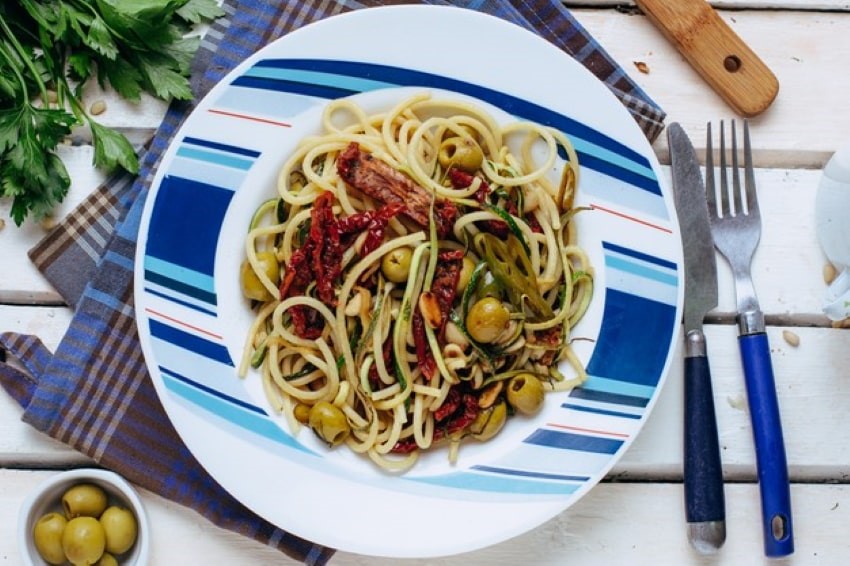
Ingredients:
- Spaghetti – 300 grams
- Onion – 1
- Garlic – 2 cloves
- Anchovies – 2
- Tomato paste – 2 tbsp
- Olive oil – 2 tbsp
- Tomatoes – 5
- Oregano – 2 tsp
- Capers – 2 tbsp
- Olives – 100 grams
- Fresh parsley
- Corn flakes and salt to taste
While the pasta water is heating, let’s make the sauce. Sauté the chopped onion, anchovies, and garlic in a frying pan with olive oil. Then add the tomato paste and simmer for a couple more minutes.
Meanwhile, chop the tomatoes and add them to the pan along with the oregano, red pepper flakes, and salt. Add the capers and olives and simmer until tender, about 10-15 minutes. Divide the cooked spaghetti among plates and spoon the sauce over it. Sprinkle the finished dish with chopped fresh parsley.
Pasta Puttanesca in a Creamy Green Sauce
Another classic Italian pasta puttanesca recipe, this time with a creamy green sauce. Try making it at least once, and it’s sure to become a favorite.
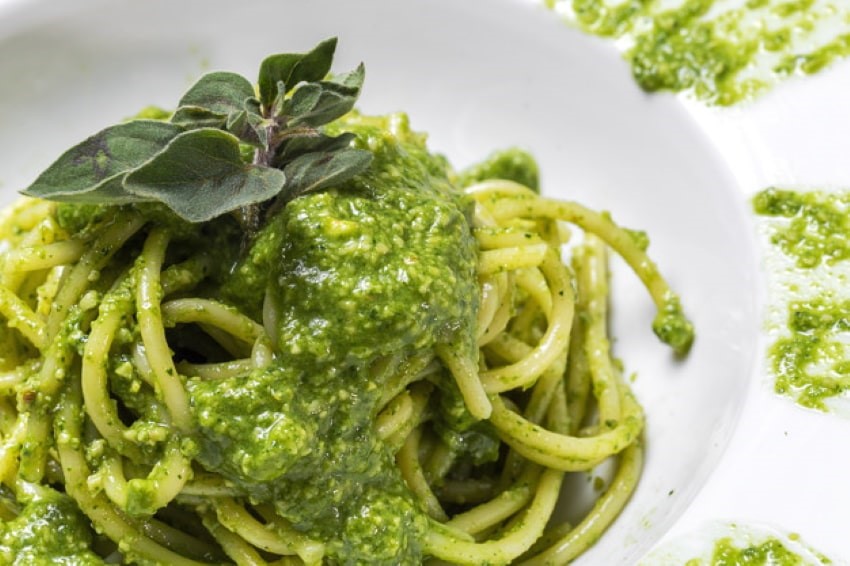
Ingredients:
- Pasta – 250 grams
- Onions – 2 pcs.
- Green peas – 200 grams
- Garlic – 1 clove
- Spinach – 150 grams
- Cream – 150 grams
- Capers – 2 tbsp.
- Salt to taste
Fry a few finely chopped onions and green peas in a frying pan for about 2-3 minutes. Then add a crushed garlic clove, chopped spinach, and pour in the cream. Simmer the sauce, covered, for another 5-6 minutes.
Cook the pasta according to package directions. Divide among bowls, top with the creamy green sauce, and garnish with pickled capers. They add a spicy aroma and a hint of piquant bitterness to the dish.
Spaghetti with Tomatoes and Shrimp
In this dish, capers add a special flavor and perfectly complement the juicy shrimp and tomatoes.

Ingredients:
- Spaghetti – 250 grams
- Garlic – 3 cloves
- Shrimp – 500 grams
- Olive oil – 2 tbsp
- Tomatoes – 800 grams
- Capers – 5-6 pcs.
- Fresh herbs (parsley, basil)
- Dry white wine – 150 ml
- Parmesan cheese – 60 grams
- Salt to taste
Cook the spaghetti in salted water according to the package instructions. Next, prepare the sauce.
Lightly sauté the finely chopped garlic in olive oil in a frying pan along with the peeled shrimp. Temporarily transfer them to a separate bowl and add the chopped tomato, capers, parsley, and basil. Pour in the dry white wine and simmer until the liquid has evaporated. Then return the shrimp and garlic to the pan.
Simmer the mixture for about 2 more minutes, then add the cooked spaghetti to the sauce and mix thoroughly. When serving, don’t forget to sprinkle the dish with grated Parmesan cheese.
Taste, experiment, and enjoy new flavors!
Our products
Мы стремимся предложить Вам наилучший сервис при работе с нашим сайтом. Для этого мы собираем и храним информацию о Вашем посещении сайта. Так называемые cookies. Файлы cookies не собирают и не хранят никакую личную информацию о Вас. Используя этот сайт, Вы даете согласие на использование cookies. На данном этапе Вы можете отказаться от использования cookies, настроив необходимые параметры в своем браузере.
